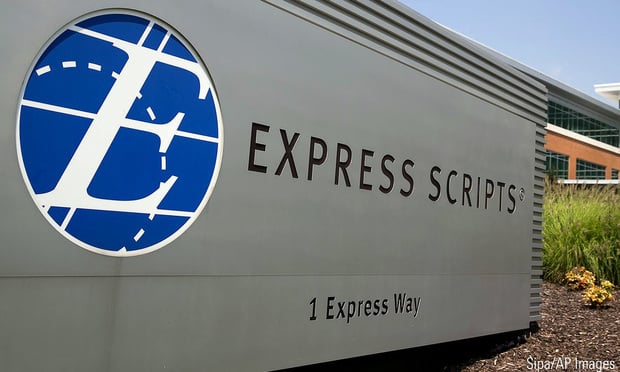 Depending on the type of cancer and the drugs used, the average monthly cost of chemotherapy drugs can range from $1,000 to $12,000. (Photo: Shutterstock)
Depending on the type of cancer and the drugs used, the average monthly cost of chemotherapy drugs can range from $1,000 to $12,000. (Photo: Shutterstock)
Cancer treatment poses a significant financial challenge for Americans, a new study from the Mesothelioma Center finds.
According to the findings of the study, "The High Cost of Cancer Treatment," the latest cancer therapies are extending the lives of cancer patients, but that not all Americans can benefit because some cannot afford the treatments.
Related: Cancer takes a $94 billion economic toll
"As cancer survival rates rise, so do the price tags of life-saving treatments," the report said. "Monthly drugs costs may reach $100,000, causing many Americans to struggle with the physical and emotional effects of high out-of-pocket medical costs. Even worse, others are completely priced out of the hope for a cure."
A leading cause of death, a high financial cost
Cancer is the second-leading cause of death for Americans, behind heart disease, according to the Centers for Disease Control (CDC). The report outlines the seriousness of the challenge:
- Nearly 1.8 million new cases of cancer diagnosed in 2019
- $150 billion spent on cancer care
- The cost of many cancers exceed $100,000 per patient
- More than a third (36 percent) of cancer patients spend more than $10,000 in out-of-pocket costs while fighting cancer
- 20 percent of cancer patients spend more than $20,000 in out-of-pocket costs over the course of their illness
Not surprisingly, drug and radiation treatments are responsible for high costs to both insurance plans and consumers. The study noted that, depending on the type of cancer and the drugs used, the average monthly cost of chemotherapy drugs can range from $1,000 to $12,000. Even with insurance, a cancer patient requiring four chemo visits a year could be responsible for more than $10,000 a year in out-of-pocket costs, depending on their plan.
And cancer costs come in other forms as well. The report cited a JAMA study that found cancer cost Americans aged 16 to 84 a total of $94 billion in lost earnings in 2015. With cancer treatment centers tending to cluster near large cities, nearly half of patients surveyed said travel costs were a significant factor in their cancer treatment.
The study suggests that cancer patients often have little idea of how expensive the road ahead will be when they first get their diagnosis. "People often only think up to surgery, but post-operative care is where the higher costs are," said Missy Miller, medical outreach director at The Mesothelioma Center. "Dealing with complications and covering costs of scans, home care, and follow-up treatments such as chemotherapy is when it gets really expensive."
Again, those with the least are hit the hardest
As other research has found, being less secure financially translates into a huge handicap for patients with serious health care issues. The Mesothelioma Center report also underscores the challenge that middle- and low-income Americans face when cancer is diagnosed. "The high costs of cancer treatment are especially difficult to overcome among the poor, those who are uninsured or underinsured, and blue-collar workers who may lose wages as a result of their health issues," the report said.
The study quoted research from the American Cancer Society that found that cancer death rates are approximately 20 percent higher among residents of the poorest U.S. counties compared to the most affluent counties. The research shows that the largest gaps are seen in preventable cancers, including lung, cervical, colorectal, and liver cancers.
There is also a correlation between high poverty rates and high cancer death rates among states, the research shows. Census Bureau and CDC data showed that the top five states for cancer deaths—Kentucky, Mississippi, W. Virginia, Oklahoma, and Louisiana, were nearly identical to the nation's most impoverished states. All of those states were in the top five for highest rates of poverty, except Oklahoma, which had the 8th-highest poverty rate in the U.S.
Read more:
- Breakthrough cancer drug given to just 5 patients, 200 more wait
- 'Parity' laws not helping cancer patients' out-of-pocket costs
- How employers can help employees with cancer diagnosis
© 2025 ALM Global, LLC, All Rights Reserved. Request academic re-use from www.copyright.com. All other uses, submit a request to [email protected]. For more information visit Asset & Logo Licensing.







